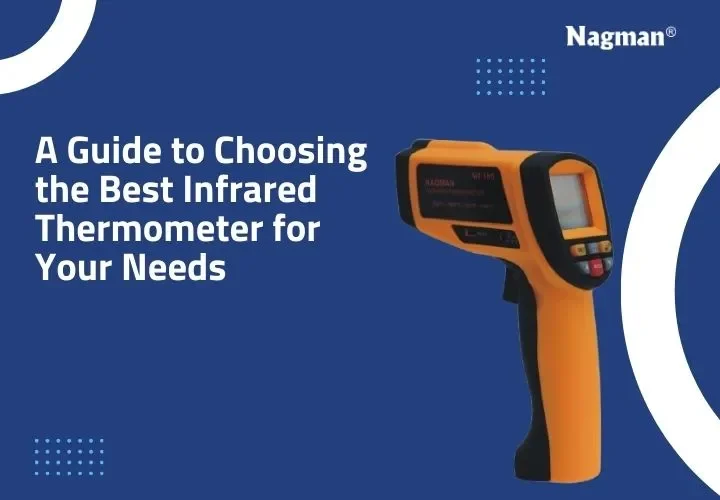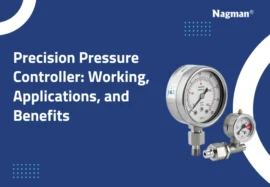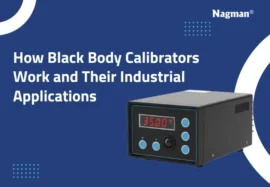Infrared thermometers are indispensable in many industries. Such devices can measure temperature non-contact, making them valuable when good old thermometers won’t work. However, not all infrared thermometers are the same; different infrared thermometers are available for other purposes.
In this blog, you will find all the details you need to choose the right infrared thermometer and the importance of the infrared thermometer calibration procedure.
How can the accuracy of an infrared thermometer be checked?
Before using your device for important work, you should check its accuracy. Most modern infrared thermometers come with a built-in accuracy specification (typically within ±1 to ±3°C), but periodic testing is crucial, especially if you’re using the thermometer for professional purposes.
For best results, regular infrared thermometer calibration is essential. You should check the temperature on your device and compare it to a reference thermometer kept in a controlled environment.
Understanding Temperature Ranges and Accuracy
Every infrared thermometer can only measure within a specific range of temperatures. Some thermometers are made to check low temperatures, while others can handle high temperatures needed in metalworking and kilns.
The level of accuracy will depend on the type of thermometer being used and its condition. Read what the manufacturer has written about the product to check if its temperature ranges meet your expectations.
Decoding Distance-to-Spot Ratios for Precise Measurements
The D: S ratio must be considered when choosing the best thermometer. It is the correlation of the distance between the thermometer and the object and the size of the area covered. For instance, a D: S ratio of 12:1 means that the thermometer’s reading at 12 inches is a 1-inch diameter spot.
A higher D:S ratio means you can measure smaller areas from a greater distance – great for industrial or high-temperature settings. On the other hand, if you are working in close quarters or for large surface areas, perhaps a lower D:S ratio will be adequate.
The Role of Emissivity in Accurate Readings
Emissivity is a quantity that indicates a surface’s capacity to emit infrared energy. Most infrared thermometers are calibrated for a standard emissivity level (usually around 0.95), which works well for organic materials and painted or oxidised surfaces.
However, shiny or reflective surfaces, such as polished metal, have low emissivity, and using a thermometer with fixed emissivity settings could lead to inaccurate results. With the adjustable emissivity that you choose when picking a thermometer, you can adjust the settings to the surface you are measuring.
Evaluating Laser Targeting and Display Features
Laser pointers in infrared thermometers allow you to see where you should point the device. This is particularly important in complex environments or when distance is an issue.
A clean, backlit LCD screen that allows you to switch between Celsius and Fahrenheit, a data hold feature, and even memory storage can make your thermometer far more convenient.
Selecting the Right Thermometer for Your Specific Application
Different applications require different features of the infrared thermometer. For instance:
Medical Use: There are FDA-approved thermometers meant for human body temperatures.
Food Safety: Select a model with a quick response time and a suitable average temperature range.
Industrial Applications: You should ensure that the temperature range is wider, the D:S ratio is improved, and emissivity can be adjusted.
HVAC or Electrical Use: A dual laser and wide measurement range can be beneficial.
Maintenance Tips for Long-Term Reliability
To keep your infrared thermometer in the best working condition, you need to:
- Regularly clean the lens with a soft cloth so that dust or marks do not affect your readings.
- Keep the device in a dry and cold place to avoid it being damaged by moisture or high temperatures.
- Schedule routine infrared thermometer calibration.
- Replace the batteries when necessary.
Conclusion: Making an Informed Choice for Optimal Results
Buying an infrared thermometer for use in a kitchen, hospital, or workshop will undoubtedly be a good investment. However, you should always follow the correct infrared thermometer calibration procedure and calibrate your device often for reliable readings.
By keeping these points in mind, you can pick an infrared thermometer that suits you and gives you accurate readings every time.






